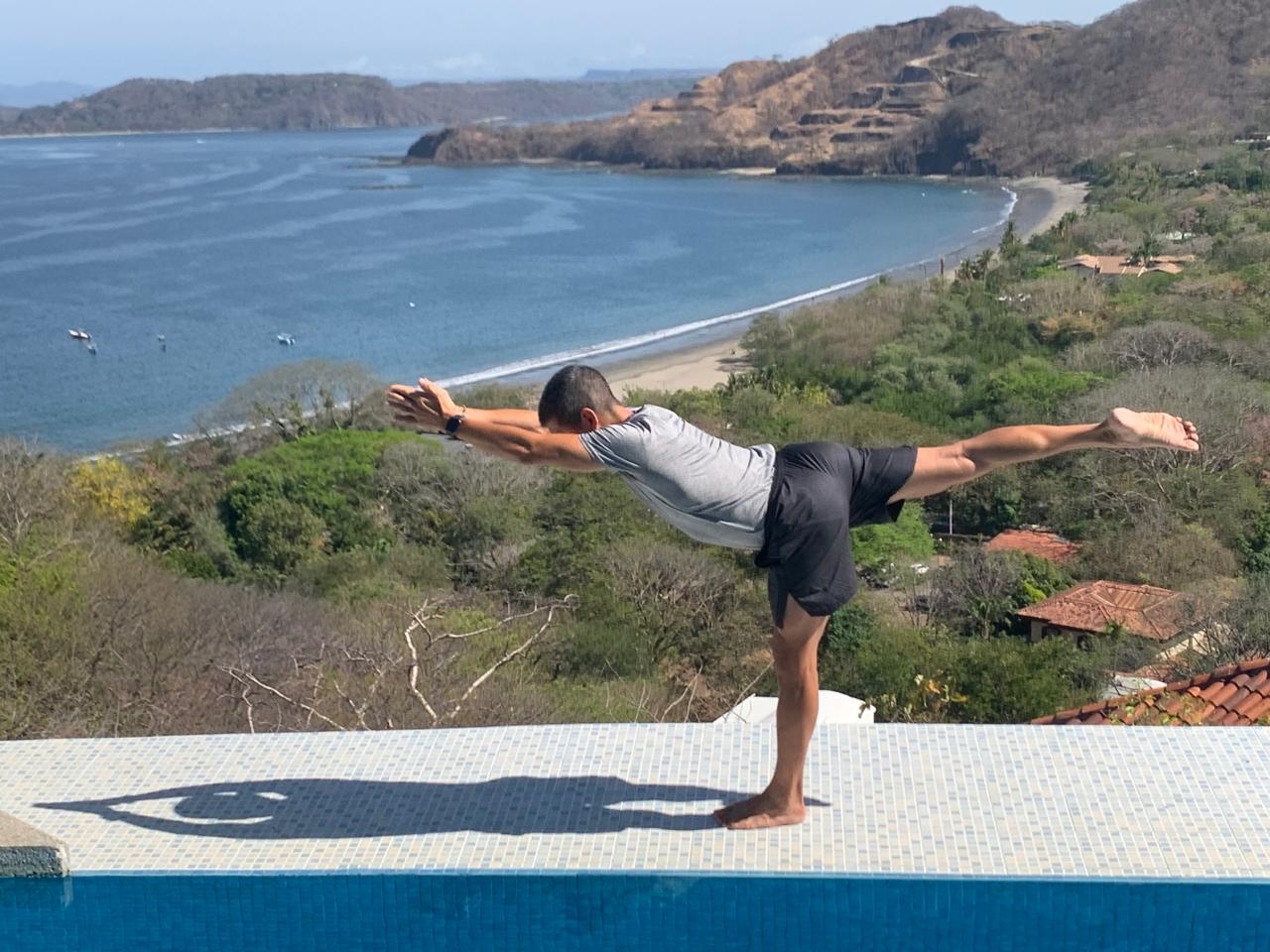What is Pilates?
Pilates traditionally focuses more on control of movement and muscular endurance. This is a series of exercises performed on the floor using gravity and your own body weight to provide resistance. The main aim is to condition the deeper, supporting muscles of your body to improve posture, balance, and coordination. Pilates is a physical exercise system designed to strengthen the body, improve flexibility, and enhance the mind-body connection. Developed in the early 20th century by Joseph Pilates, this practice emphasizes control and precision in every movement.
This method focuses on controlled breathing, core engagement, and fluid movement, making it suitable for people of all fitness levels. Whether you're recovering from an injury, looking to build strength, or simply seeking better posture and flexibility, Pilates offers something for everyone.


Principles of Pilates
- Concentration: Focus is essential to ensure effective and precise movements.
- Control: Each movement is deliberate and avoids the use of brute force.
- Centering: All exercises originate from the "Powerhouse," which includes the core muscles.
- Flow: Movements are performed smoothly and gracefully.
- Precision: Proper alignment and posture are emphasized in every exercise.
- Breathing: Controlled breathing is integral to maximize efficiency and focus.
Benefits of Pilates
- Core strengthening: Builds a strong and stable core.
- Improves flexibility: Stretches and lengthens muscles, enhancing mobility.
- Better posture: Corrects imbalances and promotes proper body alignment.
- Stress relief: Mindful breathing and movements help reduce anxiety and promote relaxation.
- Injury prevention: Strengthens weak areas and alleviates strain on overused muscles.
- Rehabilitation: Ideal for recovering from injuries, especially in the back and joints.
- Balance and coordination: Improves body awareness and stability.

